5.8 /10 1 Votes
Directed by Shinji Higuchi Cinematography Taro Kawazu Director Shinji Higuchi Music director Taro Iwashiro | 5.7/10 IMDb Music by Tarō Iwashiro Initial release 15 July 2006 Adapted from Tidal Wave Budget 25 million USD | |||||||||||||||||||||||||||||||||
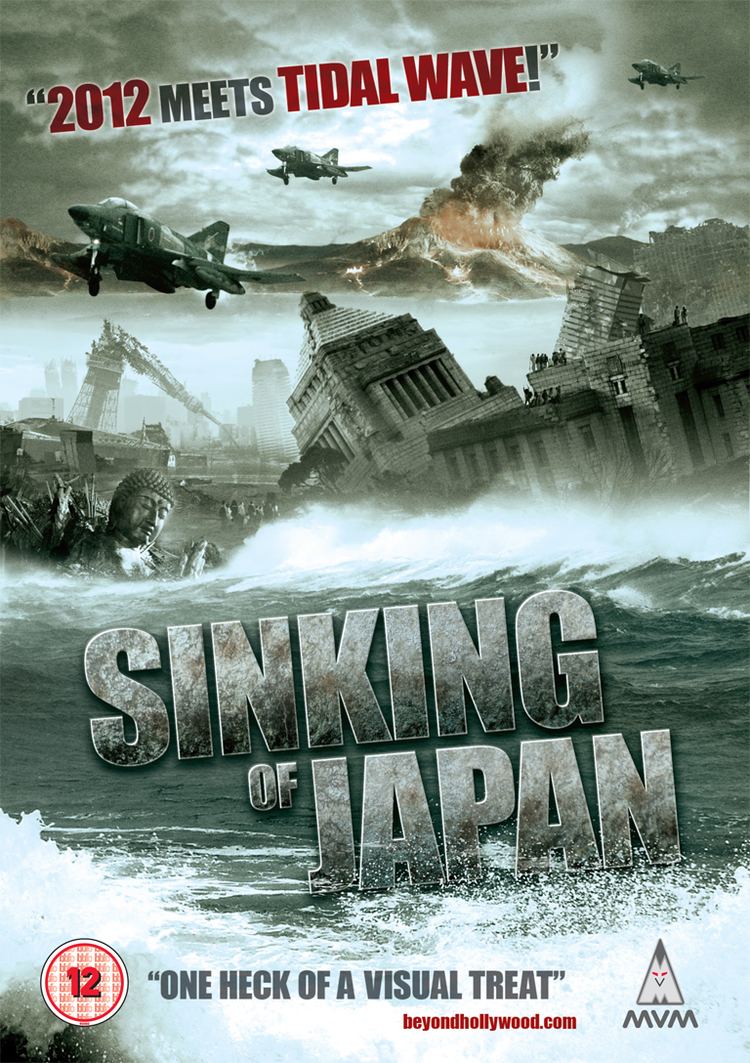 | ||||||||||||||||||||||||||||||||||
Produced by Kazuya Hamana
Toshiaki Nakazawa Written by Sakyo Komatsu (Novel)
Masato Kato Starring Tsuyoshi Kusanagi
Kou Shibasaki
Etsushi Toyokawa
Mao Daichi
Mitsuhiro Oikawa Cast Tsuyoshi Kusanagi, Kō Shibasaki, Etsushi Toyokawa, Mayuko Fukuda, Mitsuhiro Oikawa Similar Tokusatsu movies, Disaster movies, Action movies | ||||||||||||||||||||||||||||||||||
Sinking of japan disaster scenes
Sinking of Japan (日本沈没, Nihon Chinbotsu, lit. "Japan Sinks") is a 2006 tokusatsu film directed by Shinji Higuchi. It is an adaptation of the novel Japan Sinks and a remake of the film Submersion of Japan, both made in the year 1973. It stars Tsuyoshi Kusanagi, Kou Shibasaki, Etsushi Toyokawa and Mao Daichi.
Contents
- Sinking of japan disaster scenes
- The sinking of japan 2006 coincidence
- Synopsis
- Cast
- Comparison with Submersion of Japan
- Home media
- Scale models
- Critical reception
- References
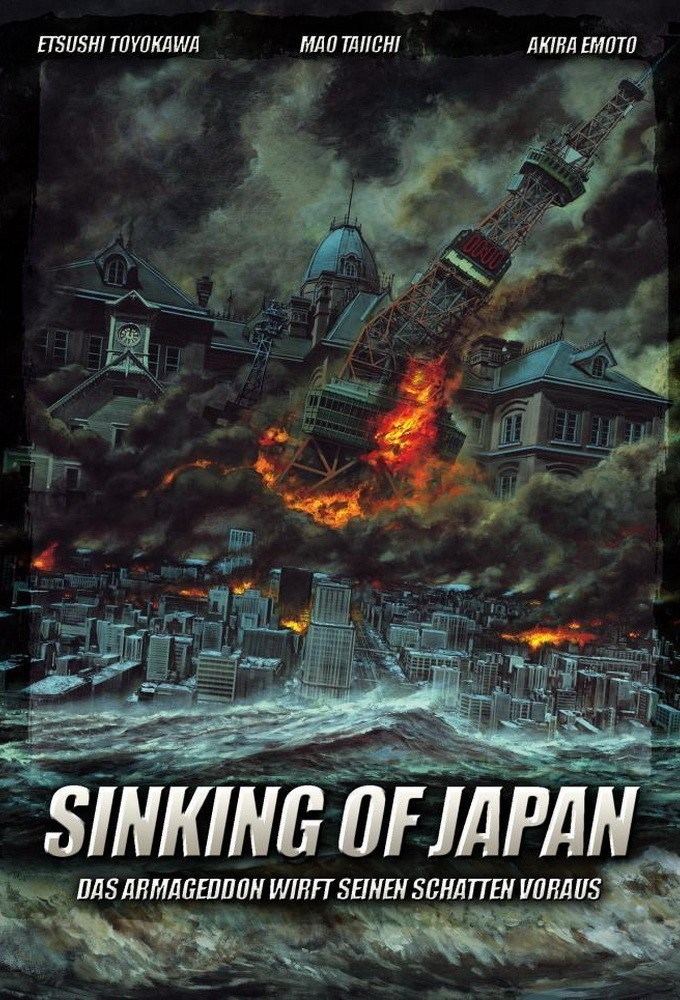
The film was released on July 15, 2006. The film is also known under the titles Sinking of Japan and Doomsday: The Sinking of Japan.
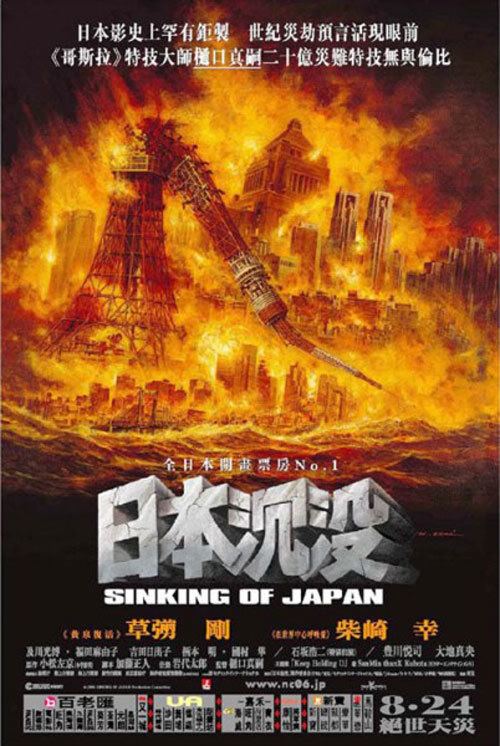
It was parodied in Nihon Igai Zenbu Chinbotsu ("World Sinks Except Japan").
The sinking of japan 2006 coincidence
Synopsis

Submersible pilot Toshio Onodera wakes up pinned inside his car in Numazu after an earthquake wreaks havoc in the city and nearby Suruga Bay. As aftershock triggers an explosion, a rescue helicopter led by Reiko Abe saves him and a young girl named Misaki.
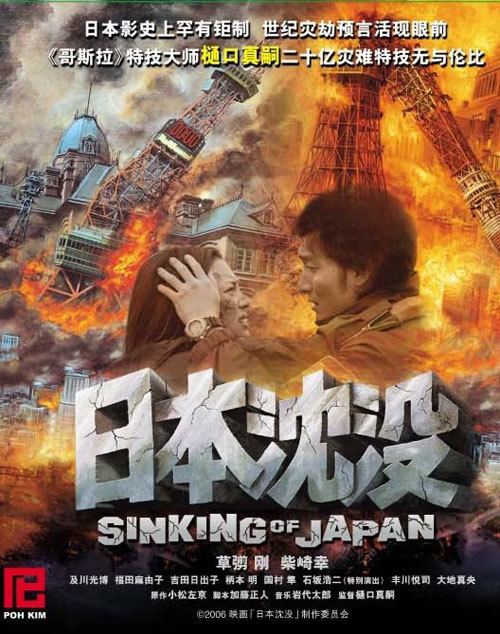
In Tokyo, geologists and volcanologists around the world become concerned about Japan; one predicts that the archipelagic nation will sink within 40 years. Japanese geoscientist Yusuke Tadokoro doubts the prediction and analyzes rocks in Kyushu, Hokkaido and Mangaia of the Cook Islands, where he hypothesizes that the rock came from the ancient continent of Japan after it split from Pangaea thousands of years ago. Tadokoro realizes Japan will sink in 338.54 days (which is less than a year) instead of the original 40-year estimate. Tadokoro reports his theory to the Cabinet, recommending immediate action, but none of the ministers are convinced. He is ejected from the chamber, but not before he angrily explains to everyone how Japan will sink, with the destruction of the Fossa Magna and the eruption of Mount Fuji as the climax.
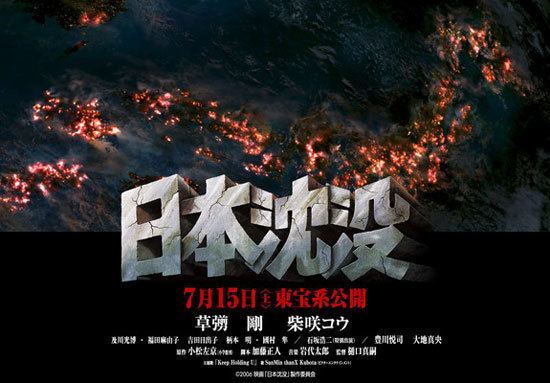
The next day, Prime Minister Yamamoto goes to China to try to make arrangements for an impending resettlement of Japanese refugees and appoints a close colleague, Saori Takamori, as disaster management minister. Tadokoro's predictions come to light: in Hokkaido, the Daisetsuzan Volcanic Group bursts along with Mount Aso. The eruption destroys Yamamoto's plane while Kumamoto City residents flee in terror from the onslaught of lava bombs and pyroclastic flows on the city.

Takamori panics when she finds out about the Prime Minister's death. Volcanic eruptions, earthquakes and tsunamis rock Japan, starting from southwest to northeast, affecting a large-scale evacuation now underway. As the economy collapses, the government declares a state of emergency but acting Prime Minister Kyosuke Nozaki announces that the nation will take five years to sink. Because of Nozaki's indifference to the situation, Takamori runs to Tadokoro's laboratory, where he proposes using experimental N2 explosives drilled into the crust to separate the land from the megalith pulling it down. The minister, who is actually Tadokoro's ex-wife, calls for help from drillships around the world.
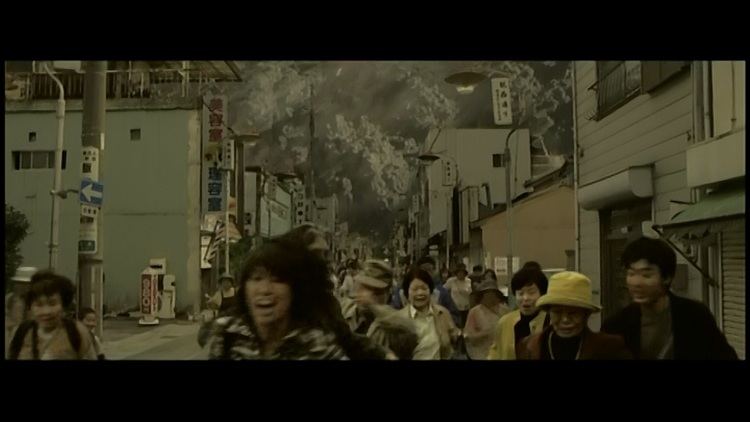
Meanwhile, Hakodate City has been destroyed by a huge tsunami, causing the inhabitants to flee in terror as the tsunami destroys the Goryokaku and many other buildings and structures. Misaki, Reiko's family and the rest of Tokyo's population are evacuated. Onodera confesses his true feelings for Reiko and wants her to go to England with him. An aftershock finally destroys the Kinki region and many Tokyo evacuees are killed by a massive landslide, with people falling into the valley below as Misaki is rescued by Reiko's family and they witness a crowded bridge collapse.
The next day, Tokyo is destroyed by a large earthquake, which triggered a tsunami which destroyed the special wards of Shibuya, Minato and Chiyoda. The earthquake, which struck Tokyo, has also struck a sunken Osaka, Nagano (engulfed by massive lava flows), Nagoya (destroyed by another earthquake) and Sendai (inundated by a series of tsunamis).
Yuki Tatsuya, Onodera's fellow submersible pilot, dies in an attempt to activate the warheads from a central module. Onodera takes his place using an old submersible brought out of museum storage and spends a night with Reiko before the operation. Although he locates the detonation module, a sudden landslide damages his submersible to the point that it is running on emergency power. Onodera uses all the remaining power to move into position and install the detonator. Mount Fuji's initiation to eruption is being witnessed by volcanologists. Onodera succeeds in his task and calmly awaits his death. The warheads explode, creating a chain of explosions along the seafloor, effectively fracturing the tectonic plates and saving Japan.
The success of the mission reaches Takamori aboard the amphibious carrier Shimokita, which has been converted as the Japanese government's temporary headquarters. Although she recommends that Nozaki address the refugees, her colleagues want her to do it instead, given her leadership during the crisis. She announces that people can finally return and holds a moment of silence in honor of Tatsuya and Onodera's sacrifice. In Fukushima Prefecture, Toshio's mother, who wanted to remain at her house until the end, is overjoyed when she sees birds return - a sign of his success. Reiko rescues her family as they look towards a bright sunrise, before the credits start rolling, showing a drastically altered Japan.
Cast
Tetsuro Tamba, who played Prime Minister Yamamoto in the 1973 movie, made a cameo appearance as Reiko's grandfather. It would be his final film role before passing away on September 24, 2006. Gundam creator Yoshiyuki Tomino appeared as one of the refugees boarding a transport plane and as a Shinto monk in Kyoto praying over a shipment of national treasures being sent abroad.
Comparison with Submersion of Japan
Home media
Prior to the release of the film, TBS released The Encyclopedia of Sinking of Japan, a special one-hour DVD featuring interviews with the cast and crew. A "Standard Version" was released on January 19, 2007.
Scale models
Takara Tomy released two batches of gashapon miniatures depicting various vehicles from the film in August 2006. The company followed it up in January 2007 with a 1/700 pre-assembled model of the Shimokita, which was released under its Microworld DX line.
Critical reception
The film garnered mixed reviews. Derek Elley of Variety lauded the visual effects, but regarded the drama elements as thin. Nix of Beyond Hollywood.com noted the ending as akin to Bruce Willis' character's sacrifice in Armageddon and the lines of some characters are practically the same as in Western disaster movies. Mark Schilling, a film reviewer for the Japan Times, stated the movie was all business in terms of the Hollywood-style effects graphically showing the devastation. He also took notice of Shibasaki's casting as Reiko Abe and the short conversation scenes as different from the 1973 movie, plus the "soft nationalism" of some characters opting to die in the chaos rather than leave the country.
